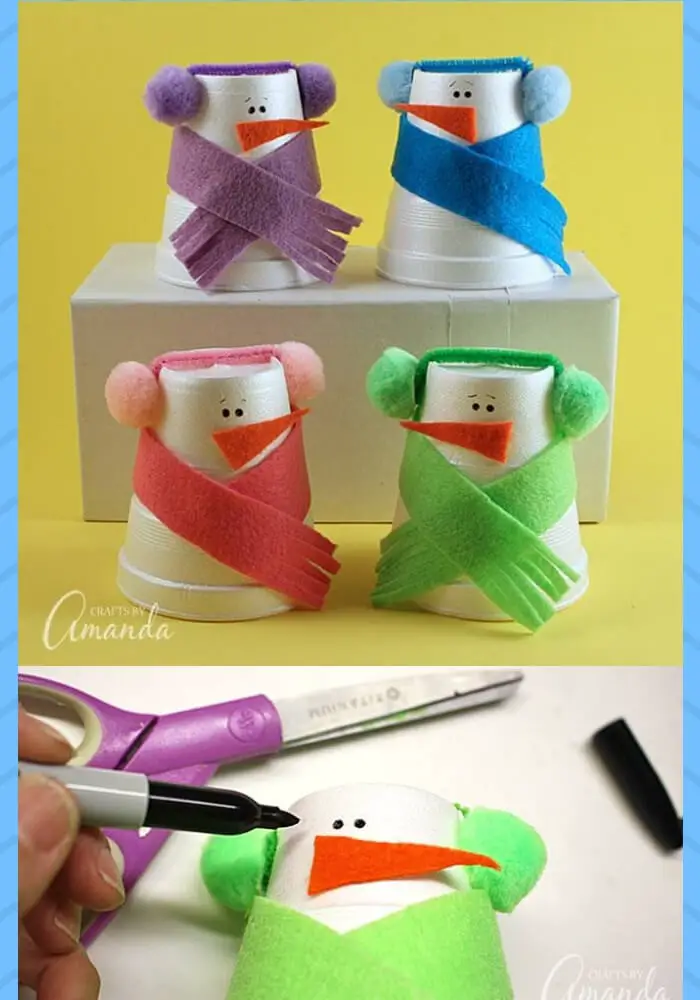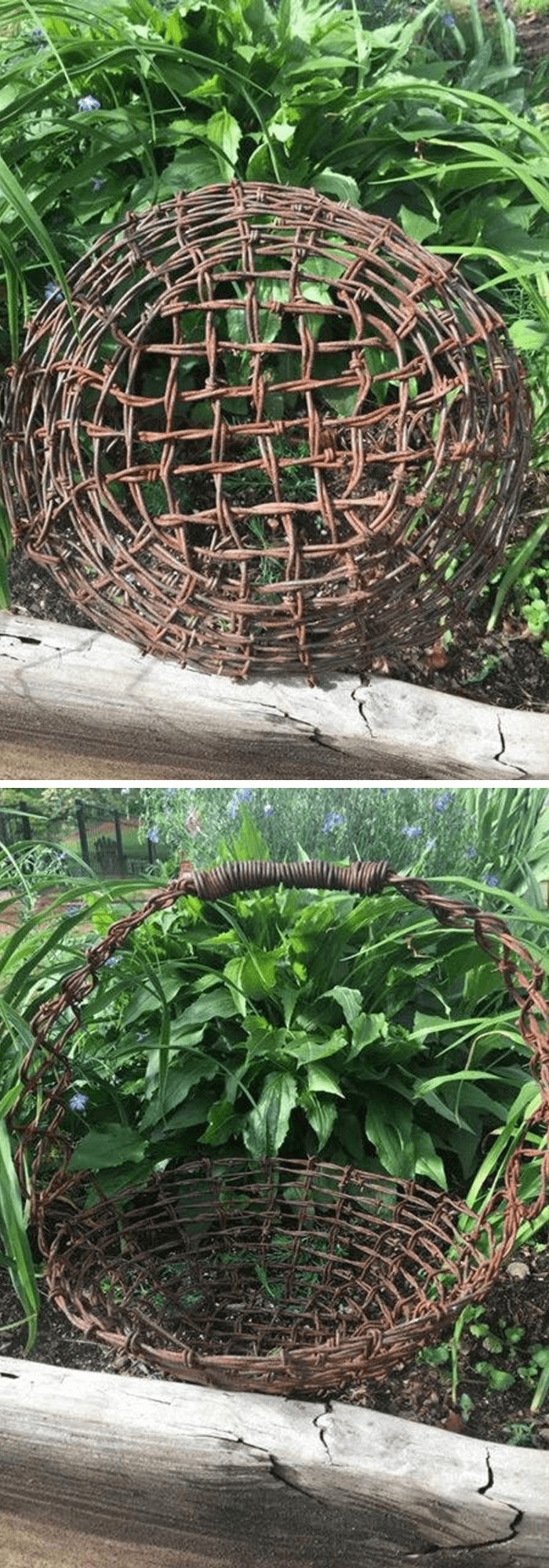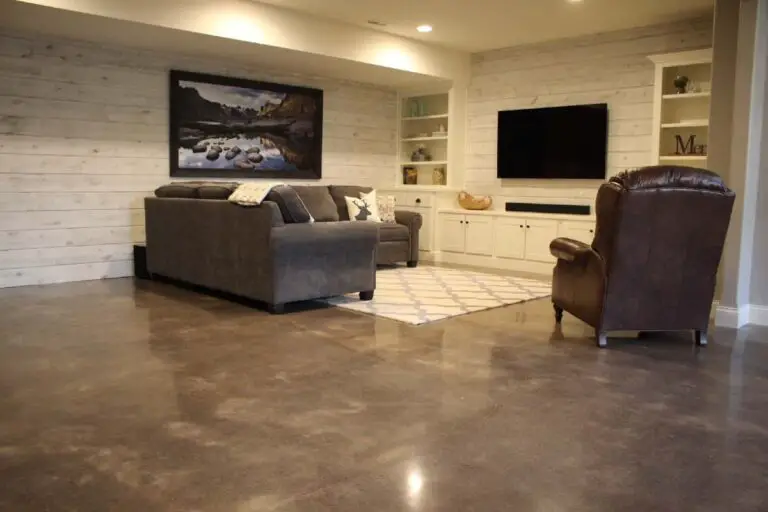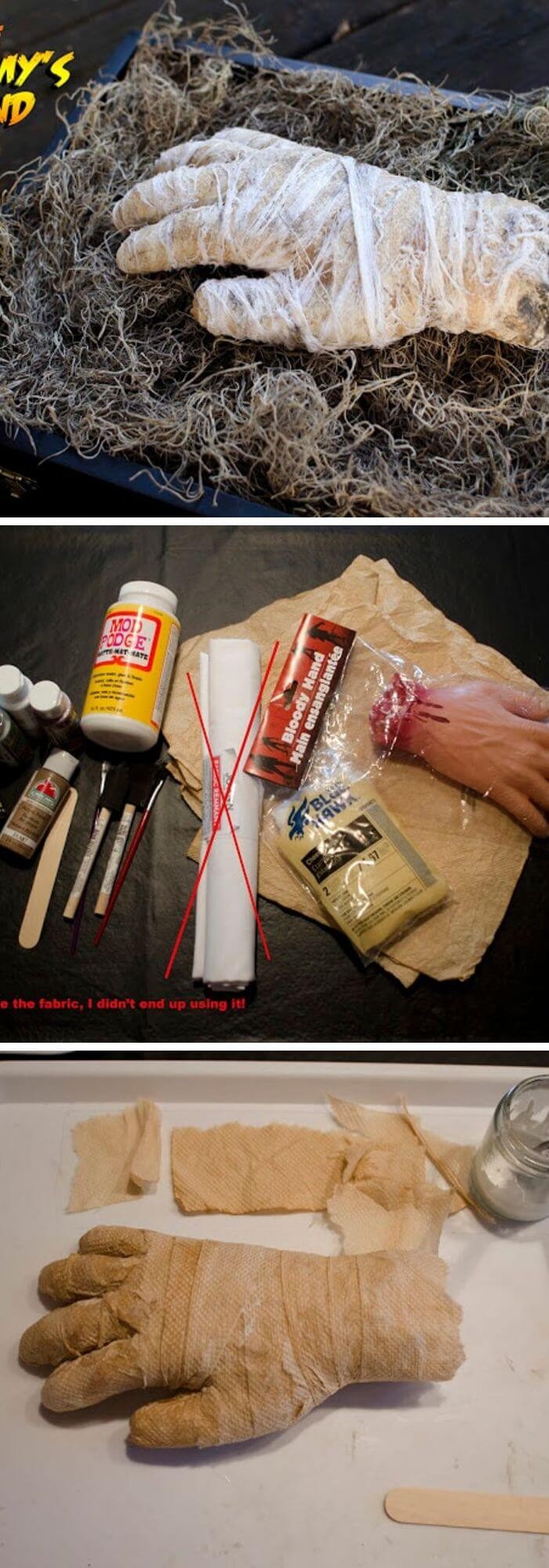What Color Is Indigo?
When we think of indigo, the first thing that comes to mind is often the seven colors of the rainbow. But what makes indigo truly special is its unique ability to bring vibrancy and warmth to our surroundings. It’s rare to find a building or piece of clothing without some form of color, and with good reason – color has been shown to be an incredible catalyst for creativity.
From artists who use different hues to express themselves, to designers who incorporate color into their work, the possibilities are truly endless. In this article, we’ll take a closer look at what makes indigo such a remarkable color, from its defining characteristics to its various shades and pairings. We’ll also explore some creative ways to incorporate indigo into your home decor, and touch on its significance in popular culture.
What Color Is Indigo?

At first glance, indigo appears as a captivating blend of blue and violet hues that can be difficult to distinguish between the two. Many people describe it as existing somewhere between blue and violet. However, some individuals perceive indigo as having a deeper, darker quality, with undertones of purplish-blue. The unique natural appearance of indigo has been shown to have a profound impact on one’s ability to focus and concentrate.
Indigo dye is derived from the fermented leaves of a tropical plant, which are then processed into cakes and ultimately powdered. This ancient process has been employed for centuries, dating back to the time of the Greeks and Romans. Interestingly, indigo is also recognized as the sixth color of the rainbow, a discovery attributed to Sir Isaac Newton in 1666.
What Does the Color Indigo Look Like?
Indigo’s color profile often sparks confusion. The dye’s dark blue hue can be attributed to its status as a primary color. From a physical perspective, indigo’s wavelength falls between 420-450nm, although some experts propose it may be lower than that. For those familiar with RGB notation, the color code is R=75, G=0, B=130. However, it’s essential to note that on-screen RGB representations can differ significantly from the actual appearance of indigo.
Shades of Indigo Color
Indigo’s complexity stems from its four distinct shades, each blending characteristics of blue and purple. The electric indigo, for instance, oscillates between violet and indigo, making it the most vibrant iteration according to computer analysis. In comparison, locating indigo as a primary color falls between blue and purple on the spectrum, ranging from 450 to 420 nanometers. The blue-violet shade is brighter than indigo itself, although not quite as radiant as electric indigo.
Meanwhile, the web color indigo is a familiar hue, often encountered in art supplies like colored pencils – particularly for parents or educators with school-age children. In contrast, the indigo dye exhibits a unique spectral characteristic setting it apart from the other three shades.
What Colors Go with Indigo?
For designers struggling to find the ideal complement to indigo, rest assured that we’ve got your back. Without further ado, let’s dive into a selection of top-notch hues that pair beautifully with this captivating shade.
White

When seeking a timeless aesthetic, white is an excellent choice. While blending it with indigo allows the latter to take center stage, this combination still yields a striking appearance. If you’re planning to paint your exterior walls, don’t overlook the versatility of a white-indigo pairing, which can add a touch of sophistication and elegance to your property’s façade.
Yellow

When combining colors, blending yellow with indigo is a fantastic option to achieve a unique and modern aesthetic. This fusion creates a refreshing ambiance that can instantly cool down any space. For an ultra-modern look, try pairing bright yellows with deep blues for a truly striking effect. You can apply this bold combination to your walls or furniture, such as upholstery, to create a one-of-a-kind design.
Red

When considering colors that blend harmoniously with indigo, red is another excellent option to explore. The classic combination of red and blue has been a timeless favorite for ages, evoking the nostalgic charm of Americana. While deep reds can create a striking effect, you can also opt for lighter shades if that’s more to your taste. This pairing lends itself well to interior design, perfect for decorating living rooms or dining rooms.
However, its versatility doesn’t stop there – it can also be used to add a pop of color to the exterior of a building or even a room’s exterior walls.
Brown

When it comes to choosing a color scheme for your home decor, brown is often a safe and versatile option that easily pairs with many other hues. In particular, combining brown with indigo creates a harmonious and soothing atmosphere that can be achieved through various shades and combinations of the two colors. This versatility makes it easy to find a look that suits your personal style and complements the existing decor in each room.
Orange


While maintaining a harmonious balance with orange and indigo hues can create a captivating atmosphere, it’s crucial to strike the right chord by ensuring the orange tone is vibrant and striking enough to provide a satisfying contrast. By doing so, you’ll be able to craft a modern and visually appealing space that effortlessly draws people in.
Using Indigo in Home Decor Elements


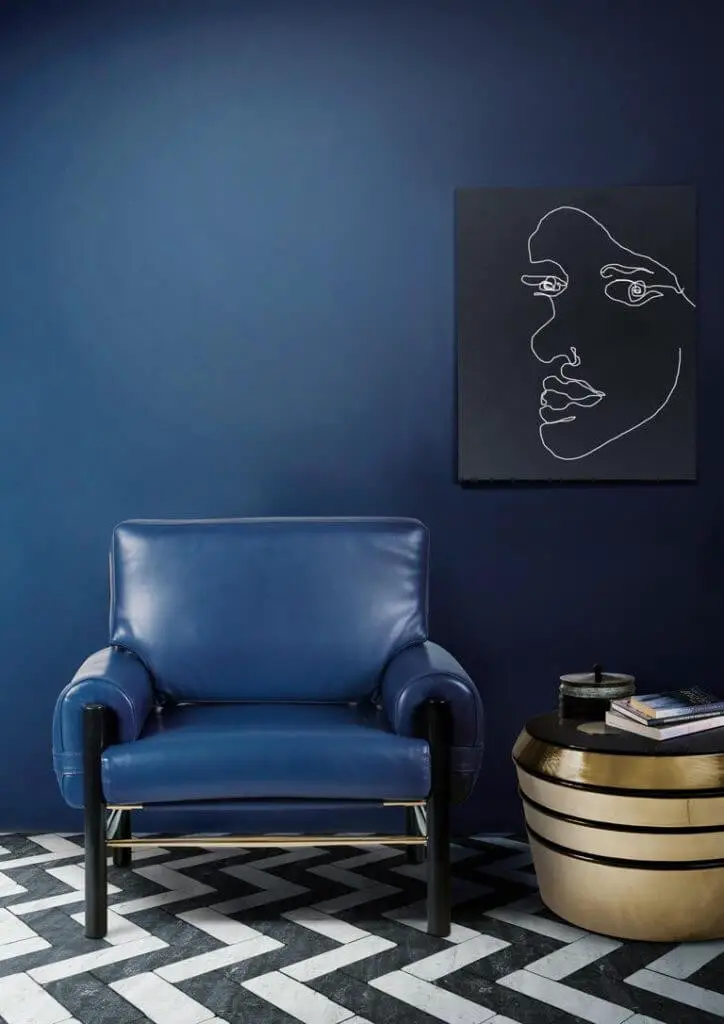


When it comes to giving your home a unique aesthetic, indigo is an excellent choice for décor elements. This versatile color not only evokes feelings of serenity and power but also promotes harmony in the space. By incorporating indigo into your design, you can add a personal touch that sets your home apart from others. One way to bring out the beauty of indigo is by using it on bed sheets or pillows, which can create an attractive focal point in the room.
For a more striking effect, consider pairing blue shades with complementary colors. Alternatively, you can use indigo on ceiling beams to add a powerful contrast that draws attention to the center of the room. When painting the edges, be sure to choose a shade that creates a unique look without overpowering the space. Indigo is also an excellent choice for window decoration, as it can create a distinctive and eye-catching appearance when used on frames or sills.
Additionally, this color blends seamlessly with other decorations, making it easy to incorporate into your overall design. In terms of furniture, indigo works well on seats, throw pillows, or even the main material of couches. To avoid an unflattering combination, be sure to pair indigo with harmonious colors. When using indigo on walls, you can create a calming atmosphere while also adding visual interest to the space. Mixing indigo with white or other colors can help achieve the desired look.
What’s more, indigo is incredibly versatile and can blend with almost any color, giving you endless options for its use in your décor. Interestingly, indigo is not unique to home décor – it also plays a significant role in the clothing industry, as seen in many denim jeans. With these benefits in mind, incorporating indigo into your home’s design is definitely worth considering.
Conclusion
Indigo, once a dormant hue, is experiencing a resurgence in popularity among designers and enthusiasts alike. The calming, cooling effect of this rich blue color has made it a sought-after choice for incorporating into various design elements. Whether used as an accent on clothing, a statement piece on walls, or a bold addition to furniture, indigo’s unique aesthetic appeal sets it apart from other colors.
To truly unlock its potential, don’t be afraid to mix and match indigo with complementary shades to create a visually striking combination that showcases its full range of possibilities.
Related Posts
When it comes to enhancing the curb appeal of your home, selecting the right color garage door is crucial. But what color should you choose if you have a yellow house? The key is to find a shade that complements the brightness and warmth of the yellow exterior. A soft gray or beige garage door can provide a nice contrast without overpowering the yellow. Alternatively, you could opt for a bold, bright color like red or orange to create a playful and eye-catching combination.
Of course, not all homes have yellow exteriors. If your house has green walls, then you’ll want to choose a garage door color that complements this earthy hue. In this case, a warm neutral shade like terracotta or sienna can work beautifully, while a cool gray or blue could create an interesting contrast. When it comes to interior design, the choice of curtain color is often overlooked. However, selecting the right shade can make all the difference in creating a stylish and harmonious space.
If you have gray furniture, then a white or cream-colored curtain can provide a clean and crisp look. Alternatively, you could opt for a bold patterned curtain to add some visual interest. Finally, when it comes to choosing a ceiling color to complement alabaster walls, the goal is to find a shade that creates a sense of continuity without overpowering the smooth white surface.
Soft pastels like pale blue or pink can work well, while a rich wood tone or warm beige could create a cozy and inviting atmosphere. Of course, when it comes to bedding, you want to choose a color that complements your gray headboard. A bold patterned duvet cover in shades of black and white can create a striking contrast, while a soft, muted hue like pale blue or mauve can provide a calming and serene backdrop.


